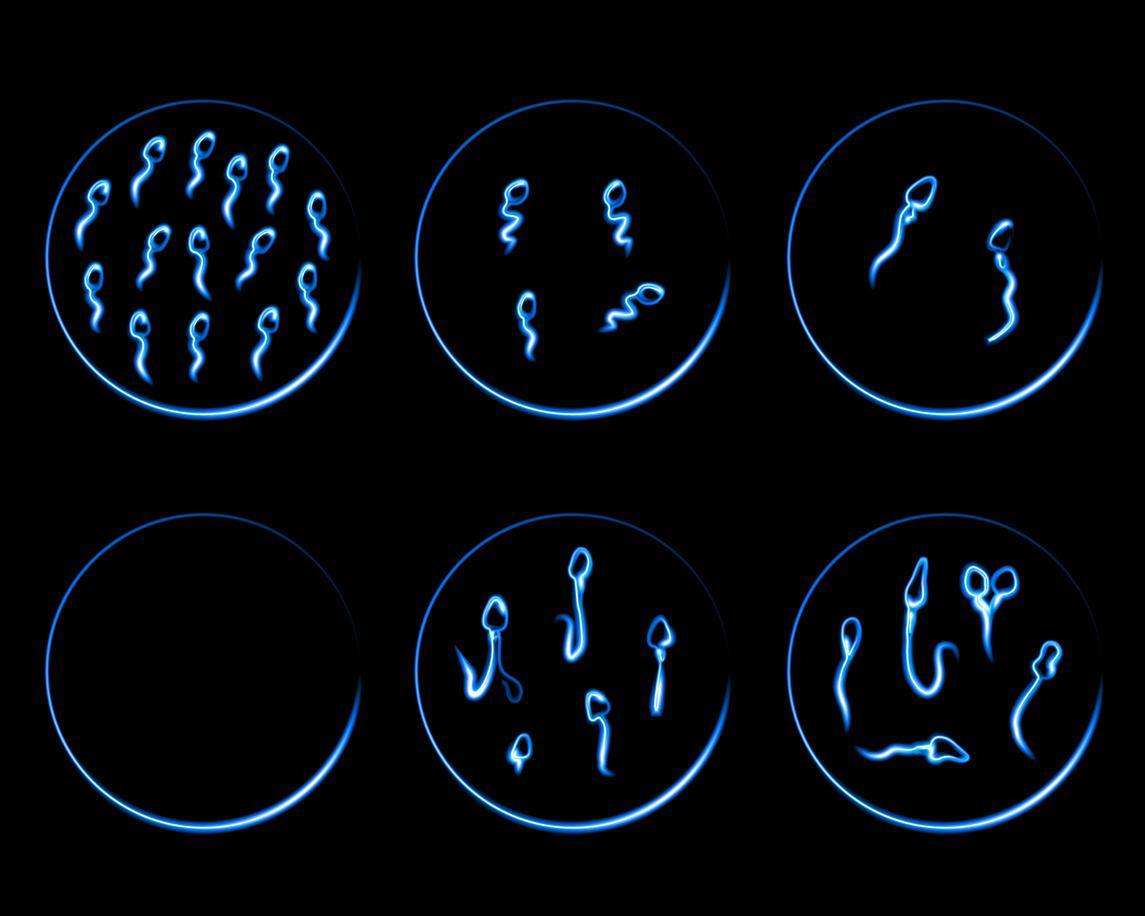Developed in 1967, the Holmes-Rahe Stress Scale is used to calculate a person’s level of stress at any given time. It could also determine the probability that this person’s health will be affected in the coming year.
In 1967, psychiatrists Thomas Holmes and Richard Rahe reviewed the medical records of more than 5,000 patients to determine whether stressful events could have caused their illnesses.
The analysis of this data allowed them to determine with precision the criteria of what is commonly called ” the stress scale of Holmes and Rahe”.
What is your stress level?
The Holmes and Rahe Stress Scale is used to calculate the level of stress and determine the likelihood of health being affected over the coming year. Consider only events that occurred within the last 24 months.
Calculate your score on the Holmes and Rahe scale
- Death of spouse (100)
- Divorce (73)
- Separation (65)
- Prison stay (63)
- Death of a close relative (63)
- Personal illnesses or injuries (53)
- Wedding (50)
- Job loss (47)
- Reconciliation with spouse (45)
- Retirement (45)
- Changing the health status of a family member (44)
- Pregnancy (40)
- Sexual difficulties (39)
- Adding a family member (39)
- Change in working life (39)
- Change in financial position (38)
- Death of a close friend (37)
- Career change (36)
- Changed the number of arguments with the spouse (35)
- Mortgage greater than one year’s salary (31)
- Foreclosure of mortgage or loan (30)
- Changing work responsibilities (29)
- Departure of one of the children (29)
- Problem with in-laws (29)
- Brilliant personal success (28)
- Start or end of spouse’s employment (26)
- First or last year of study (26)
- Modification of his living conditions (25)
- Changes in personal habits (24)
- Difficulties with his boss (23)
- Modification of working hours and conditions (20)
- Change of address (20)
- Change of school (20)
- Change in type or amount of leisure (19)
- Modification of religious activities (19)
- Modification of social activities (18)
- Mortgage or loan less than one year’s salary (17)
- Changing Sleep Patterns (16)
- Changed the number of family reunions (15)
- Changing eating habits (15)
- Travel or vacation (13)
- Christmas (12)
- Minor law violations (11)
Each stressful occasion is assigned a certain number of points to be added.
If the occasion for stress presented itself more than one time in your life for two years, then multiply the number of points by the number of opportunities. And add.
If other stressful events or situations have occurred in the last 24 months, write them down and give them an identical value to that of comparable events (eg strike and change in living conditions, conflict with work colleagues and problems with in-laws, etc.). You will add their value to your total points.
Results on the Holmes and Rahe stress scale
Do the total!
300+ points : very high stress, risk assessed at 80%
If your stress score experienced in the last 24 months exceeds 300, your risks of presenting in the near future, a somatic illnessare very high.
A score of 300 or more implies that you had to go through a series of particularly painful and trying situations. So don’t be afraid to help you if this is your case.
100-300 stitches : high stress, risk assessed at 51%
These risks decrease as your total score decreases. However, if your score is between 300 and 100, the risk of a possible somatic illness being triggered remains statistically significant. Take care of yourself. It’s not worth adding to it.
100- points : moderate stress, risk assessed at 30%
Below 100, the risk is not significant. The sum of the stresses encountered is too small to open the way to a somatic illness.


















